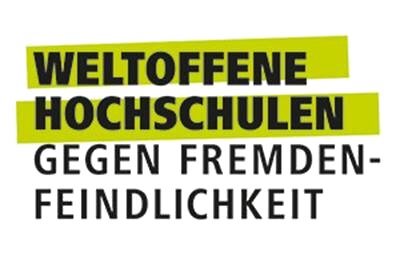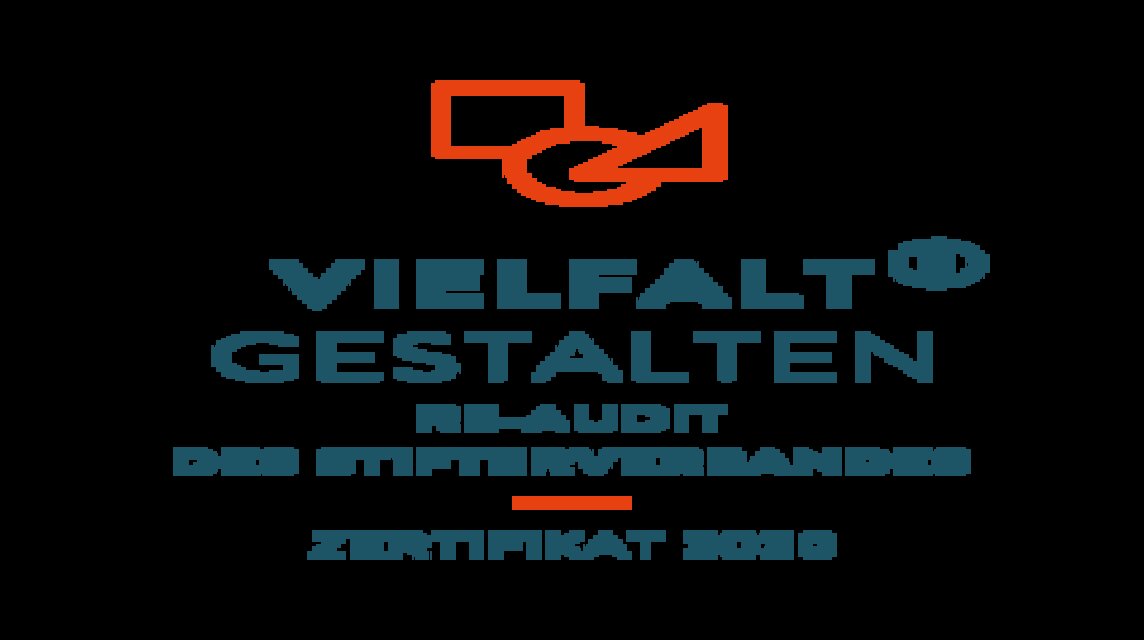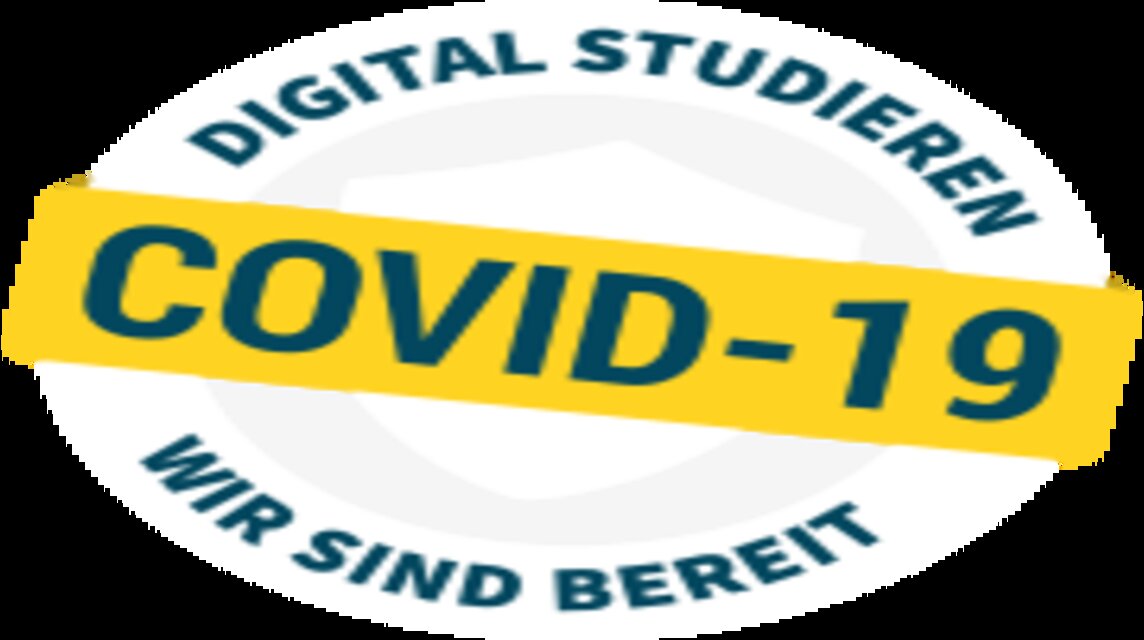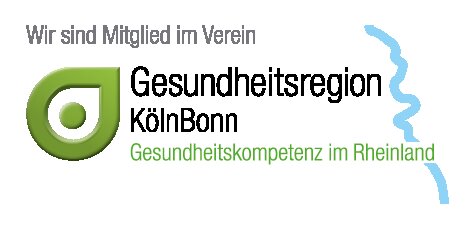Timeline
Our history
Koblenz University of Applied Sciences was first established in the period after World War II, although the foundation of the Materials Engineering degree dates back to the 19th century. In the 1949-50 winter semester, the United Technical Schools (VTL) began teaching courses in a former military barracks in the Karthause district of Koblenz. Eleven full-time and six part-time lecturers taught approximately 300 students in three departments: Structural Engineering, Civil Engineering and Mechanical Engineering. In the 1951-52 winter semester, Electrical Engineering was added to the programme. Thanks to the dedication and commitment of the lecturers, students and the city of Koblenz, within a decade, VTL had evolved into one of the largest engineering colleges in Rhineland-Palatinate.
In 1971, the Koblenz Engineering College, which had since been taken over by the state, was integrated into the newly founded Rhineland-Palatinate University of Applied Sciences. As part of this restructuring, the Koblenz campus, which had previously only offered technical programmes, was expanded to include the faculties of Business Administration (I and II), Social Work and Education. The independent ceramics college in Höhr-Grenzhausen (Ceramics Technical College since 1879, Higher Technical College since 1953, Engineering and Industrial College since 1957) became the Department of Ceramics, completing the range of study programmes at Koblenz University of Applied Sciences. The opening of the Fine Arts Institute for Ceramics in Höhr-Grenzhausen in 1987 was an important addition to the university.
Koblenz University of Applied Sciences became independent on 1st September 1996. Thanks to the university's diverse range of programmes and its reputation for high quality education, the number of students steadily increased in the 1980s. There was an urgent need for new buildings, and in January 1996, the foundation stone was laid for the first phase of construction. After around two and a half years of construction work, the faculties of Mechanical Engineering, and Electrical Engineering and Information Technology finally moved to a new state-of-the-art premises in Konrad-Zuse-Strasse.
In the 1998-99 winter semester, Koblenz University of Applied Sciences opened the new RheinAhrCampus in Remagen. The new campus, which was financed through the Bonn-Berlin compensation agreement, offered degree programmes in Health and Social Economy, Sports Management and Physical Engineering. In the 1999-2000 winter semester, Technical Business Administration and Applied Mathematics were added to the range of study programmes taught in Remagen. The two new buildings in Koblenz and Remagen paved the way for the university's future development. With competition between universities intensifying, only institutions that could offer their students both high quality education and excellent infrastructure would be likely to succeed. In September 2005, the second phase of construction began in Koblenz-Karthause with a budget of around 48 million euros. In 2009, the faculties of Civil Engineering, Business Administration and Social Work, and the university management and administration moved from Oberwerth to the new campus. In April 2010, Koblenz University of Applied Sciences launched its Research Centre at the RheinAhrCampus in Remagen.
In the 2012-13 winter semester, the Fraunhofer Application Centre for Multimodal Sensor Technology (AMLS) was opened at the RheinAhrCampus. By this stage, the number of students enrolled at the university's three campuses had increased to 8,000.
The renaming of Südallee in Remagen to Joseph-Rovan-Allee on 24th November 2012 gave the RheinAhrCampus a new address and made a clear statement about the university's stance against far-right violence. Remagen's local council had agreed to a joint request by Koblenz University of Applied Sciences and the city of Remagen to commemorate the famous French resistance fighter who opposed National Socialism by naming the street in his honour.
In May 2013, the Senate of Koblenz University of Applied Sciences nominated its first honorary senator: Franz-Walter Aumund, founder of the Aumund Foundation.
In the 2013-14 winter semester, the university opened the Continuing Education Centre (RheinAhrCampus) and the Language Centre (RheinMoselCampus). In order to accommodate the growing numbers of students and staff, the university also rented additional space at the Geschwister de Haye'schen Foundation in Koblenz-Karthause. In the 2015-16 winter semester, the Graduate Centre was established at Koblenz University of Applied Sciences to support PhD students throughout their doctoral research. This support includes guidance on aspects such as cooperative doctoral research, subject-specific and interdisciplinary continuing education and networking opportunities.
In spring 2016, the Rhineland-Palatinate Institute of Education, Training and Early Childhood Care (IBEB) was opened at the RheinMoselCampus. In addition to promoting knowledge transfer and discourse, the IBEB aims to initiate, develop and enhance quality, research and expertise to foster excellence in early childhood education and in the childcare system in Rhineland-Palatinate.
In April 2017, the Faculty of Civil Engineering in Höhr-Grenzhausen was restructured to incorporate the department of Materials Engineering, Glass and Ceramics and the Institute for Ceramic and Glass Art. This expanded faculty was also given a new name: building-arts-materials. In September 2018, the RhineAhrCampus celebrated its 20th anniversary. The campus was originally designed to accommodate 1,000 students, but at that time there were around 2,900 students enrolled.
In the 2018 winter semester, the Interdisciplinary Institute for Digitisation (IIFD) was opened at the RheinMoselCampus. The aim of this new institute was to connect Koblenz University of Applied Sciences with regional partners from across the business and social sectors with the goal of working together to take on the academic, technical and social challenges of digital transformation in northern Rhineland-Palatinate. In November 2019, the Max-von-Laue Institute of Advanced Ceramic Material Properties Studies (CerMaProS) was launched at an official opening ceremony with around 100 guests from the realms of academia, business and politics. The newly established collaborative research centre was a milestone in the long-standing and successful cooperation between the University of Koblenz-Landau and Koblenz University of Applied Sciences. It was one of the first collaborative research centres to be funded by the Ministry of Science, Further Education and Culture following an independent selection process. In January 2020, the extension to the east wing (building M) at the RheinMoselCampus was officially opened in the presence of the Rhineland-Palatinate Minister of Science, Prof. Dr. Konrad Wolf, during the university's New Year's reception. The new building provides around 680 square metres of multi-functional space for seminars, lectures, student projects, exhibitions and presentations.
In July 2020, a new lecture complex was opened at the RheinAhrCampus. This now houses the MBA distance learning programme. In September 2022, the University of Koblenz and Koblenz University of Applied Sciences launched the Data2Health: Trustworthy Data Analysis for Healthcare collaborative research centre. Six cooperative doctoral projects at the research centre explore new approaches to security and reliability in the transfer, distribution and predictive analysis of healthcare data.










